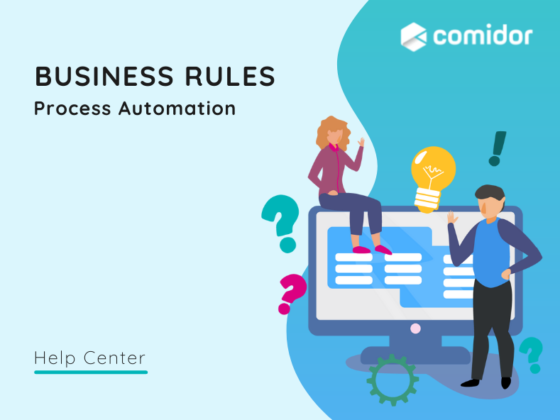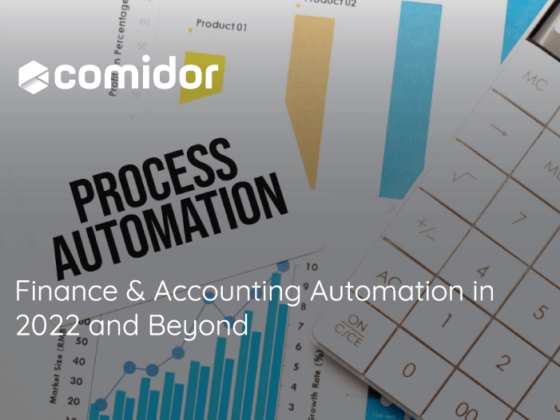In a previous post, we discussed the features a Workflow Automation tool should have. Sometimes though, there are many software in the market offering the same or similar features making it extremely difficult to identify the differences and make the final decision. Prepare to automate your business in 2018 and learn how.
Trying to make the decision-making process a little easier for you, we suggest the 5 steps below:
1. Requirements
The first step is to determine what your business really needs and what you expect to gain from this investment, regarding internal structure and business operation. Requirements do not only refer to software features. Software features may be one of the most important aspects when determining software requirements but you should also consider functionality characteristics, security requirements, technical and usability preferences. The range of options will immediately shrink to an extent you can easily manage. So, it is time to find the features that your business needs!
2. Testing
Testing a tool or two is not enough. By evaluating multiple tools, you experience different environments which you can test in extreme use cases. Comparing the performance of these tools, you can draw conclusions about which product can manage better the automation of complex workflow scenarios in the future.
3. Customization
As your business grows, your needs change accordingly. A workflow automation tool should be able to get customized or expanded, towards adjusting to new. Specific elements of your business may need special handling to transform into digital automated processes that the only customization can offer.
If you are already using software tools that you will try to integrate with your bpm, instead of abolishing, make sure that the software is open for integration. Open for integration, though, does not mean that the bpm will integrate with any external application. Create a list of the tools you may need to integrate and discuss especially about them with the tool support teams.
5. Support & Training
Finally, maybe the most crucial factor of all, when choosing a complex bpm is customer support and training. Customer training may determine whether the company’s personnel will be able to understand and use the software in the future (sufficient guidelines must be given along with training material), while quality of support may prevent potential operational problems (or not being immediately solved) that could result in a waste of time and money. Learn more about BPM and Hyperpersonal Customer Service
Evaluating a software may take a lot of time and effort but as long as you are aware of what you are looking for, you have everything that it takes to succeed. Keep those things in mind while getting ready for your organization’s digital future!
Take a tour of Comidor Automation:





